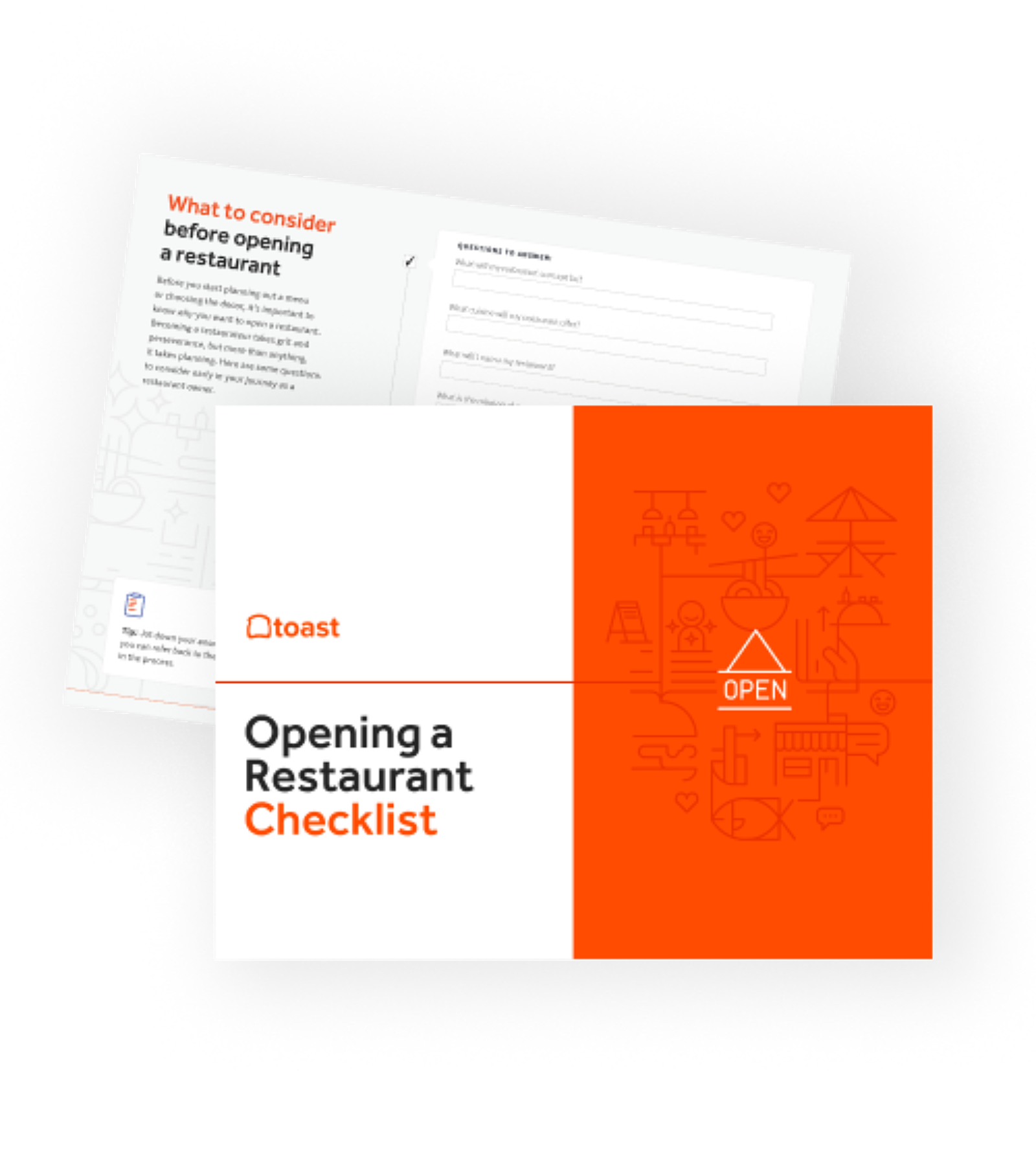1. What is a cafe?
A cafe is a small restaurant focusing on caffeinated drinks such as classic drip coffee, cappuccinos, espresso, and tea. The food is typically straightforward, with a selection of sandwiches, pastries, and other baked goods that customers order at the counter and take to their tables.
In recent years, the concept has expanded from mere coffeehouses to selling an array of beverages and related products like cold brew and nitro brew coffees, flavored lattes, bulk coffee beans, brewing equipment, insulated coffee tumblers, and more.
Cafes are enjoyed for their casual and unhurried atmosphere, a cozy gathering space where customers can read, chat with friends, set up a laptop and work, or simply get out of the house.
2. What is the history of cafes?
The word “cafe” derives from the Turkish kahve, meaning coffee. The first cafe is believed to date back to Constantinople in the 1500s, and the concept quickly spread to Europe, where cafes thrived as daytime meeting spaces for merchants and businessmen. In the U.S., cafes traced their origins to the 1700s as hubs for business.
The New York Stock Exchange's original location was, in fact, a coffeehouse. When the espresso machine was invented in Italy in the 1940s, the landscape changed forever, and the modern cafe was born.
Starbucks opened in 1971 and now epitomizes the chain mass-market cafe, boasting more than 34,000 locations worldwide, but local independent coffee houses still thrive in cities and towns across the U.S and Europe.
3. What is typically on a cafe menu?
Cafe menus focus on caffeinated beverages, including coffee, lattes, cappuccinos, tea, and espresso. Food menus tend toward lunch and breakfast fare, emphasizing classic baked goods such as muffins, croissants, cookies, brownies, scones, and simple sandwiches.
You might find mass-produced baked goods at larger chains, whereas some independently owned cafes fill their display cases with treats that are made in-house or sourced from local bakeries.
An increasing number of cafes are drawing people in with the promise of unique cafe menu items, elevated coffee drinks with seasonal flavors, and innovative brewing techniques.
4. How do you start a cafe?
The number of cafes in the U.S. continues to grow steadily, which means demand is strong — but it also means competition. It’s crucial to hone your vision, so that your concept stands out in your target neighborhood or city.
Start your research by visiting local establishments. Talk to cafe owners about how they run their business and sample the beverages and food offerings, making notes about what appeals to you, who the customer is, and when are the busiest times.
Your hands-on research will provide invaluable insight when developing a detailed cafe business plan.
5. How much does it cost to start a cafe?
The cost to open a cafe ranges from $50,000 to $300,000 depending on the location, equipment and furniture costs, menu type, and whether you offer drive-through ordering.
According to data collected in 2022 by Crimson Cup, startup costs for a typical cafe with seating start at $80,000 and go up. Opening a coffee kiosk or a coffee “food truck” is among the less expensive options starting at around $50,000 to $60,000.
Drink and food supplies make up the most significant chunk of the costs, followed by payroll, rent, and equipment.
6. Most popular types of bars
What are the most popular types of cafes? The popularity of artisan or specialty coffee has exploded, particularly with millennials, who drink more espresso-based beverages than any other demographic.
The most popular type of cafe appeals to young consumers' sophisticated and eclectic tastes. Unique and signature flavors are a big draw. Lavender latte? Pistachio chai? Coffee tonic? Yes, to all.
Expanded drink menus include decadent options like custom frozen “treats” with ice cream or candy mixed in as well as healthier non-dairy alternatives to milk. Creative brewing techniques and sustainably sourced single-origin beans are now just as important as how the coffee tastes.
Conclusion
The coffee industry continues to grow and percolate with new ideas. According to the National Coffee Association, more than 60 percent of Americans drink coffee daily, and 71 percent have either been to a coffee shop or planned to go in the next week. Consumers have an insatiable thirst for a high-quality cup of joe, and there are no signs of that desire waning.
Is this article helpful?
DISCLAIMER: This information is provided for general informational purposes only, and publication does not constitute an endorsement. Toast does not warrant the accuracy or completeness of any information, text, graphics, links, or other items contained within this content. Toast does not guarantee you will achieve any specific results if you follow any advice herein. It may be advisable for you to consult with a professional such as a lawyer, accountant, or business advisor for advice specific to your situation.
